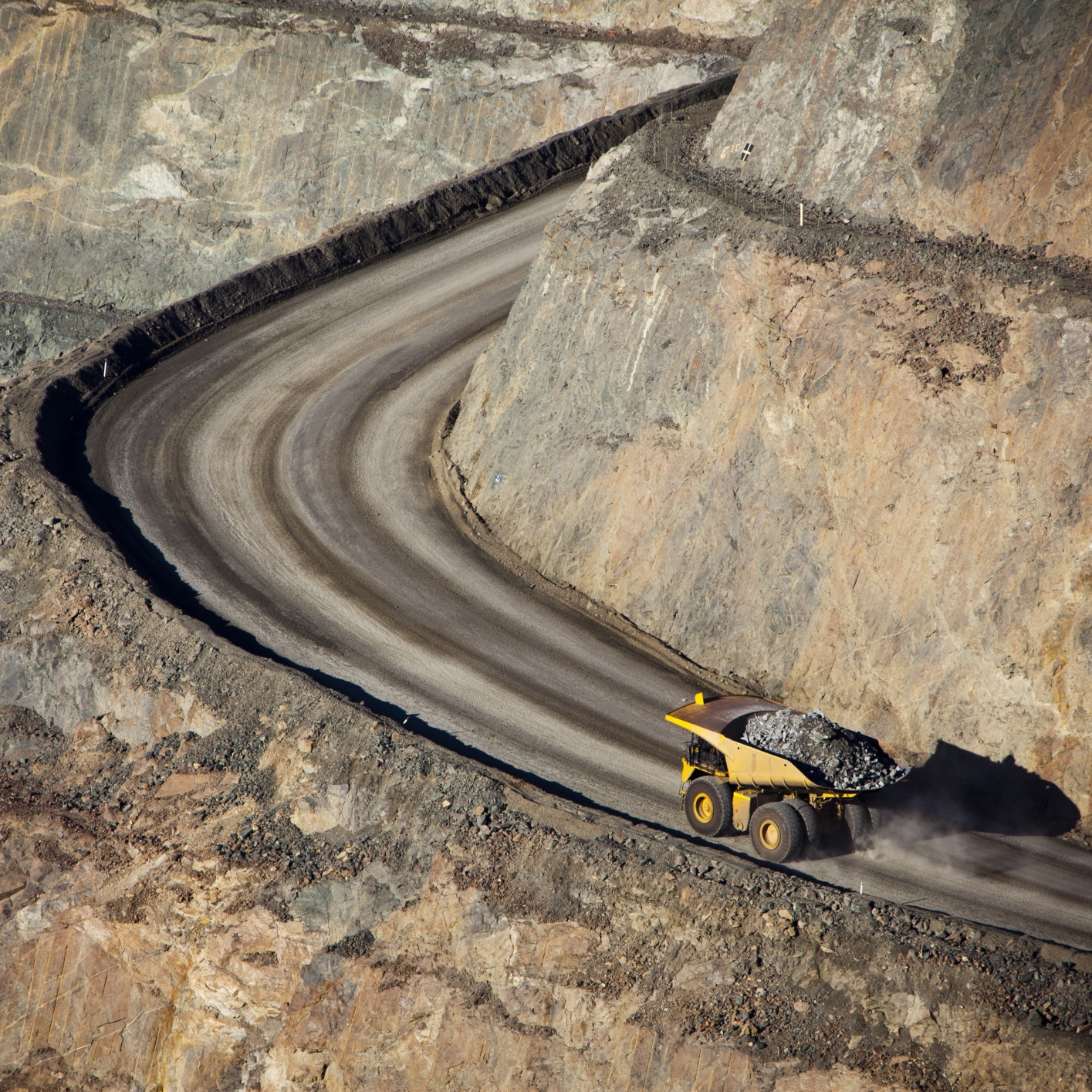Commodities & Metals
Credit Suisse Sees Rising Gold Prices Driving Top Gold Stocks Higher

Published:
Last Updated:

The price of gold rose 13% last year, about half as much as the Dow Jones Industrial Average and less than half as much as the Nasdaq Composite. On Thursday it reached a 12-month peak at over $1,362 an ounce, following what have now been characterized as misconstrued comments by U.S. Treasury Secretary Steven Mnuchin on the Trump administration’s view that a weak dollar is a positive for U.S. exports.
The inverse relationship between the dollar and gold has gathered strength both from the administration’s protectionist policies and the massive increase in deficit spending projected to result from recent changes to U.S. tax law. Equities remain strong, but the dollar has fallen, as might be expected, and gold prices have benefited.
Analysts at Credit Suisse have just released their Global Gold Scorecard with some general comments on the gold market and some specific changes to their ratings on gold-mining stocks. The bank’s analysts have upgraded Alamos Gold Inc. (NYSE: AGI), Yamana Gold Inc. (NYSE: AUY) and Centerra Gold from Neutral to Outperform and Eldorado Gold Corp. (NYSE: EGO) and Golden Star Resources Ltd. (NYSEAMERICAN: GSS) from Underperform to Neutral. Two miners, SEMAFO and Tahoe Resources Inc. (NYSE: TAHO) were downgraded from Neutral to Underperform.
Credit Suisse is projected an average gold price of $1,375 per ounce in 2018, compared with a 2017 average of $1,258. Analysts expect the dollar to continue its decline in 2018 following a 9% decline last year. Their forecasts fade to $1,300 per oz. by 2021, incorporating monetary policy normalization.
Credit Suisse’s Scorecard is based on execution/risk, valuation, growth, costs and mine life. The analysts’ top picks for Canada-based miners are Agnico Eagle Mines Ltd. (NYSE: AEM) and Goldcorp Inc. (NYSE: GG) among the seniors and Detour Gold and SSR Mining Inc. (NASDAQ: SSRM) among the mid-caps. Australian firms Alacer Gold and OceanaGold are the top picks from Down Under. The analysts noted:
In Canada our preference is for the growthier senior stocks AEM and GG (recently upgraded in the context of its strong scorecard performance) and lower risk turn-arounds in the mid-caps DGC and SSRM. In Australia our preference is for mid-cap growth with an attractive valuation: AQG and OGC.
The analysts’ key themes include acknowledging that moderated growth is now a desirable, yet scarce commodity and that cost-cutting in 2015 to 2017 has improved free cash flow (FCF) and strengthened balance sheets substantially. The latter point includes this caveat:
However this has left the industry’s growth outlook uninspiring. After a period of latent growth in 2011-2016, production levels have stabilized and we expect will continue to flatline over the 2018-2020. Meanwhile the demand outlook for gold is particularly strong due to investors buying on wealth preservation. Repeat of 2016 margin expansion? We forecast FCF margin expansion in 2018 with our forecast for largely flat costs (CFIC [cash flow implied costs]+growth at $1,146/oz vs. $1,159/oz in 2017) and a higher gold price. Costs are flat as higher byproduct commodity prices and continued productivity gains mask cost creep from labour market tightness, oil prices and FX strength. Our capex forecasts are also flat YoY based on guidance provided to date. At some point industry capex will need to catch up to deal with a looming production cliff post-2020, but this is unlikely to happen in 2018.
Here are details for Credit Suisse’s top senior Canadian mining picks for this year:
Agnico Eagle is rated at Outperform with a price target of $62 and a 33% return:
AEM is a top pick for its growth driven by exploration and project pipeline, strong balance sheet, high quality asset base and track record, which should sustain a premium valuation vs. peers.
Goldcorp is rated at Outperform with a price target of $19 and a return of 29% return:
GG currently sits below its peers in 2018 on P/CF (7.8x vs 8.4x peer average), P/OpCFa (11.9x vs 13.3x peer average) and offers a strong FCF yield (3.5% vs 3.0% North American peer average). GG has reestablished a good operational track record by achieving 2016 and 2017 production and AISC guidance. Production growth of ~18% to 2.90Mozs in 2020 is second best in its peer group with the added benefit of FCF over both years.
Retirement can be daunting, but it doesn’t need to be.
Imagine having an expert in your corner to help you with your financial goals. Someone to help you determine if you’re ahead, behind, or right on track. With SmartAsset, that’s not just a dream—it’s reality. This free tool connects you with pre-screened financial advisors who work in your best interests. It’s quick, it’s easy, so take the leap today and start planning smarter!
Don’t waste another minute; get started right here and help your retirement dreams become a retirement reality.
Thank you for reading! Have some feedback for us?
Contact the 24/7 Wall St. editorial team.